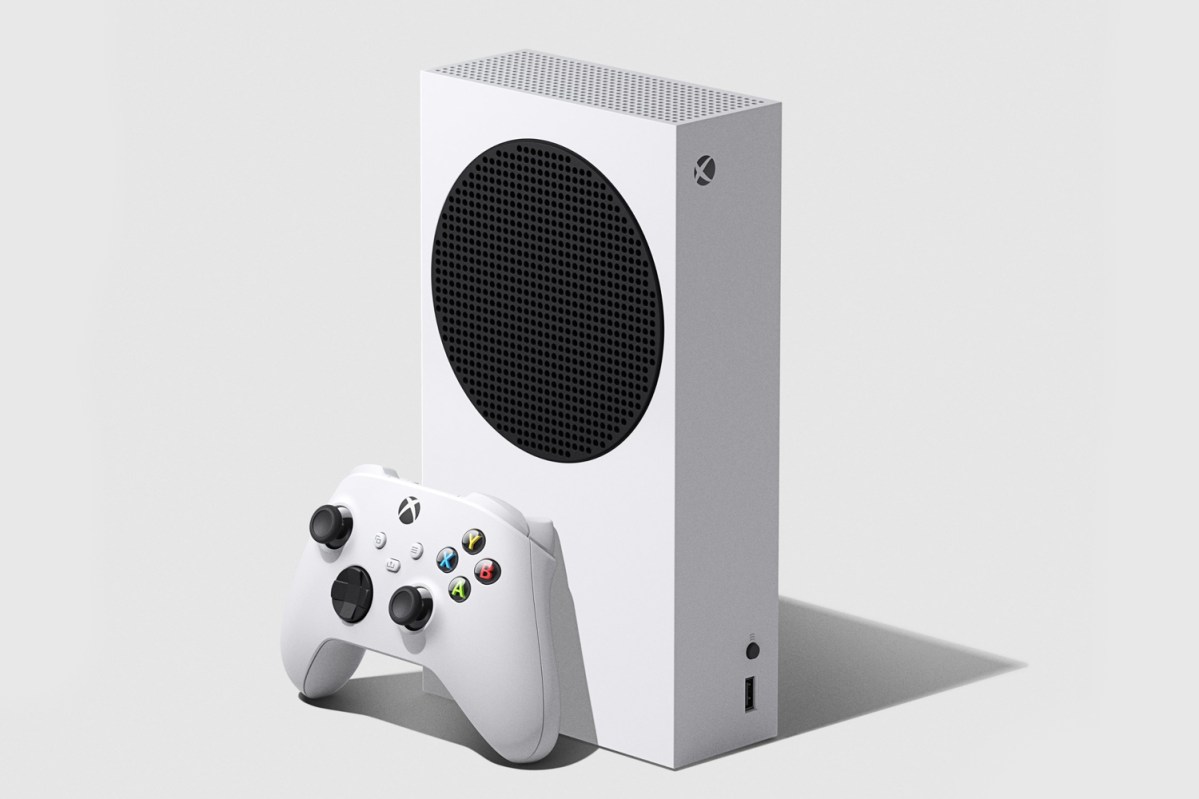Reviews are here for the next generation of Xbox, clarifying some important questions about Microsoft’s new consoles. While the Xbox Series S seems like a steal at its $300 price point, a new revelation about its limited storage space weakens the value.
The console features 512GB of total storage space, but it turns out that only 364GB can actually be used for games and applications. That number is especially tiny considering that Call of Duty: Black Ops Cold War takes up a whopping 136GB, over one-third of the console’s usable space.
When deciding whether to buy a Series S or Series X, that detail plays a crucial role in the price difference. With game sizes that large, most players will need to shell out a little extra if they want to have more than two or three games on the console at a time. That’s where the price advantage gets complicated.
Players looking to upgrade can use an external hard drive, including Microsoft’s own 1TB SSD that’s built for its new generation of consoles. That will run Series S owners an extra $220, bringing the total investment up past the $500 Xbox Series X.

There’s little reason to believe that the problem won’t balloon as time goes on. Look at the evolution of the Call of Duty franchise throughout the current console cycle. Call of Duty: Ghosts was the first game in the franchise to launch on Xbox One, taking up 40G of space on the console. Compare that number to Black Ops Cold War, which arrived seven years later and requires 93GB on the console. Those numbers don’t take extra DLC content into account either, meaning that the size will only grow.
If Black Ops Cold War is already 136GB on the Series S, it’s reasonable to believe that a new Call of Duty game could take up half of the console’s storage within a few years. Microsoft is trying to mitigate that by allowing users to uninstall parts of games or giving developers the option to deliver scaled-down versions on the console, but at that point the Series S starts to fall further and further behind its pricier counterpart.
That begs the question, what kind of player actually benefits from buying the Series S? People who tend to play one game at a time and never revisit it are the main target, though the console’s lack of a disc drive isn’t friendly toward anyone who trades in games once they’re finished with them. It’s still a potential value for the kind of gamer who only plays a handful of long-tailed games, so long as they account for how much larger live service games tend to grow over time. Destiny 2 eventually crossed the 150GB before Bungie decided to cut the game in half for the upcoming Beyond Light expansion.
At the moment, the Xbox Series S is feeling like a temporary stopgap with little future-proofing. It might seem to be an enticing value next to the Series X and PlayStation 5’s $500 price tag, but players are going to spend that money one way or another. Those who can afford the difference might want to consider upgrading early to cut out the middle man.



